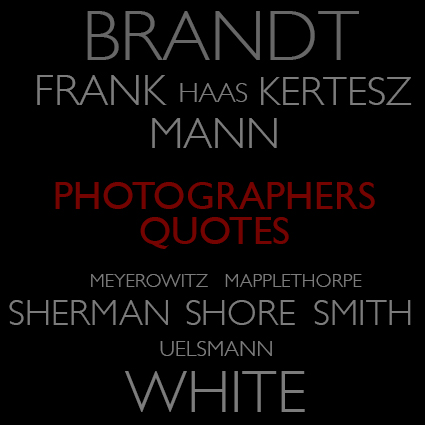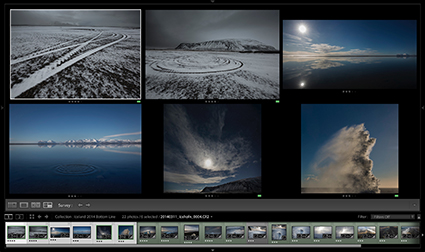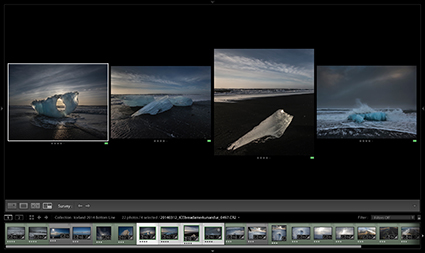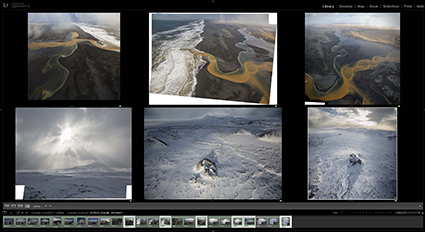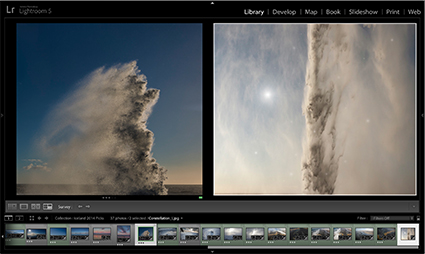50 Quotes On Influence
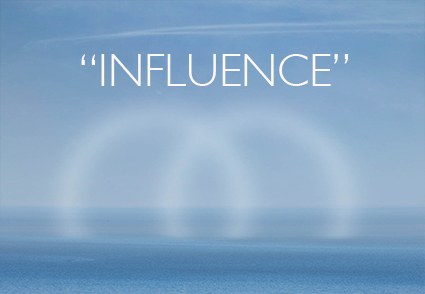
Here’s a selection of my favorite quotes on influence.
“People exercise an unconscious selection in being influenced.” – T. S. Eliot
“To be realistic one must always admit the influence of those who have gone before.” – Charles Eames
“The superior artist is the one who knows how to be influenced.” – Clement Greenberg
“Every art, like our own, has in its composition fluctuating as well as fixed principles. It is an attentive inquiry into their difference that will enable us to determine how far we are influenced by custom and habit, and what is fixed in the nature of things.” – Sir Joshua Reynolds
“A young painter who cannot liberate himself from the influence of past generations is digging his own grave.” – Henri Matisse
“Picasso once remarked, ‘I do not care who it is that has or does influence me as long as it is not myself.’” – Gertrude Stein
“I am not influenced by the techniques or fashions of any other motion picture company.” – Walt Disney
“I don’t believe in learning from other people’s pictures. I think you should learn from your own interior vision of things and discover, as I say, innocently, as though there had never been anybody.” – Orson Welles
“The only real influence I’ve ever had was myself.” – Edward Hopper
“Add new painters to your list of favorites all the time.” – Irwin Greenberg
“We are shaped and fashioned by what we love.” – Goethe
“The strongest influences in my life and my work are always whomever I love. Whomever I love and am with most of the time, or whomever I remember most vividly. I think that’s true of everyone, don’t you?” – Tennessee Williams
“We don’t make a photograph just with a camera, we bring to the act of photography all the books we have read, the movies we have seen, the music we have heard, the people we have loved.” – Ansel Adams
“There are so many moments and works that influence us in what we do. Movies, music, TV and, most importantly, the profound everydayness of our lives.” – Barbara Kruger
“The influences may be subliminal and subtle but all that surrounds us in some way changes how we see things and who we are.” – Martine Gourbault
“Movies can and do have tremendous influence in shaping young lives in the realm of entertainment towards the ideals and objectives of normal adulthood.” – Walt Disney
“Advertising reflects the mores of society, but it does not influence them.” – David Ogilvy
“The only books that influence us are those for which we are ready, and which have gone a little farther down our particular path than we have yet got ourselves.” – E. M. Forster
“I have been influenced by paintings I have seen in books, and in museums, not because they defined success but because they suggested possibilities.” – Eleanor Blair
“There is a boundary to men’s passions when they act from feelings; but none when they are under the influence of imagination.” – Edmund Burke
“Every thought which genius and piety throw into the world alters the world.” – Ralph Waldo Emerson
“Ideas are the mightiest influence on earth. One great thought breathed into a man may regenerate him.” – William Ellery Channing
“The influential man is the successful man, whether he be rich or poor.” – Orison Swett Marden
“When it comes to developing character strength, inner security and unique personal and interpersonal talents and skills in a child, no institution can or ever will compare with, or effectively substitute for, the home’s potential for positive influence.” – Stephen Covey
“The humblest individual exerts some influence, either for good or evil, upon others.” – Henry Ward Beecher
“You don’t have to be a ‘person of influence’ to be influential. In fact, the most influential people in my life are probably not even aware of the things they’ve taught me.” – Scott Adams
“There is no pebble so small that it won’t make ripples when tossed into a body of water.” – Charles Peck
“Any one of us can be a rainbow in somebody’s clouds.” – Maya Angelou
“And as we let our own light shine we unconsciously give other people the permission to do the same.” – Marianne Williamson
“Think twice before you speak, because your words and influence will plant the seed of either success or failure in the mind of another.” – Napoleon Hill
“It takes tremendous discipline to control the influence, the power you have over other people’s lives.” – Clint Eastwood
“A teacher affects eternity; he can never tell where his influence stops.” – Henry Adams
“The influence of each human being on others in this life is a kind of immortality.” – Winston Churchill
“Be around the people you want to be like, because you will be like the people you are around.” – Sean Reichle
“Be around people who have something of value to share with you. Their impact will continue to have a significant influence.” – Jim Rohn
“We never know which lives we influence, or when, or why.” ― Stephen King
“It would be difficult to exaggerate the degree to which we are influenced by those we influence.” – Eric Hoffer
“Influence is to be measured, not by the extent of surface it covers, but by its kind.” – William Ellery Channing
“The most powerful moral influence is example.” – Huston Smith
“Example is not the main thing in influencing others. It is the only thing.” – Albert Schweitzer
“Setting an example is not the main means of influencing another, it is the only means.” – Albert Einstein
“There is no influence like the influence of habit.” – Gilbert Parker
“Affluence means influence.” – Jack London
“A return to first principles in a republic is sometimes caused by the simple virtues of one man. His good example has such an influence that the good men strive to imitate him, and the wicked are ashamed to lead a life so contrary to his example.” – Niccolo Machiavelli
“Neither a man nor a crowd nor a nation can be trusted to act humanely or to think sanely under the influence of a great fear.” – Bertrand Russell
“In the councils of government, we must guard against the acquisition of unwarranted influence, whether sought or unsought, by the military-industrial complex. The potential for the disastrous rise of misplaced power exists and will persist.” – Dwight D. Eisenhower
“The time has come for all evangelists to practice full financial disclosure. The world is watching how we walk and how we talk. We must have the highest standards of morality, ethics and integrity if we are to continue to have influence.” – Billy Graham
“The most hateful human misfortune is for a wise man to have no influence.” – Herodotus
“I hold that a strongly marked personality can influence descendants for generations.” ― Beatrix Potter
“The purpose of influence is to “speak up for those who have no influence.” ― Rick Warren
“Once you’ve found your own voice, the choice to expand your influence, to increase your contribution, is the choice to inspire others to find their voice. Inspire (from the Latin inspirare) means to breathe life into another. As we recognize, respect and create ways for others to give voice to all four parts of their nature–physically, mentally, emotionally/socially, spiritually–latent human genius, creativity, passion, talent and motivation are unleashed. It will be those organizations that reach a critical mass of people and teams expressing their full voice that will achieve next-level breakthrough in productivity, innovation and leadership in the market place and society.” – Stephen Covey
Read more Creativity Quotes here.
View more Creativity Videos here.



